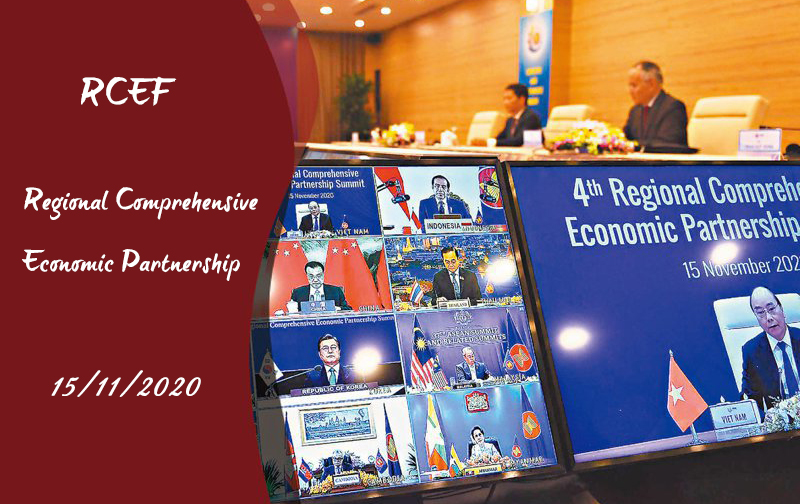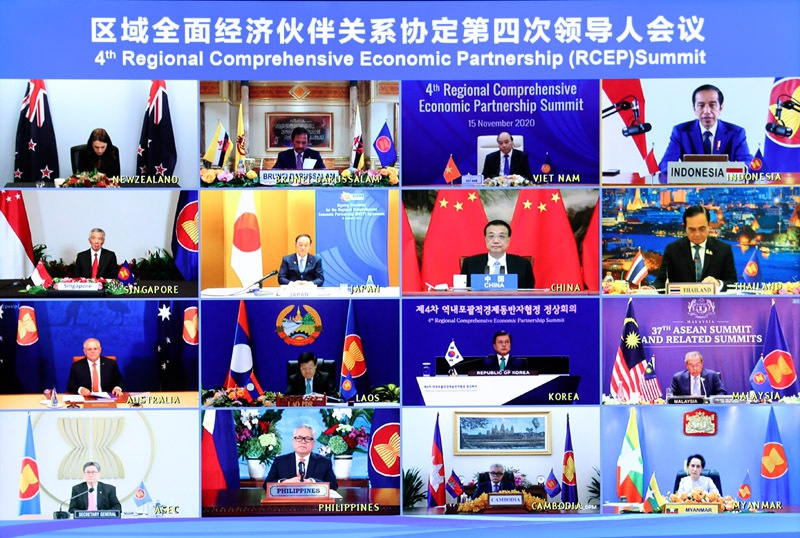
China signs RCEP trade deal, with over 90 percent of goods subject to zero tariffs
The news of China joined the world’s largest free trade zone was all over the internet. The fourth summit of Regional Comprehensive Economic Partnership (RCEP) Agreement was held on the morning of Nov 15th. It marks the official start of the free trade zone with the largest population, the largest economic and trade scale, and the most development potential in the world.

Regional Comprehensive Economic Partnership Agreement, also known as RCEP, what is it, and what is its significance for global trade liberalization?
RCEP is currently the world’s largest free trade zone, encompassing major countries in East Asia. In 2019, the 15 member states of RCEP have a total population of 2.27 billion, a GDP of US$26 trillion, and a total export value of US$5.2 trillion, each accounting for about 30% of the world. The completion of the RCEP free trade zone means that about one-third of the world’s economy will form an integrated market. The entry into force of this agreement will inject strong impetus into regional and global economic growth.
Although the specific provisions of RCEP have not yet been made public, in general, RCEP is a high-quality free trade agreement. The agreement includes trade in goods, rules of origin, customs procedures and trade facilitation, trade remedies, service trade, investment, e-commerce, small and medium-sized enterprises, government procurement, and many other aspects that are conducive to export trade. Industry insiders said that after the RECP takes effect, more than 90% of the tax items will be subject to zero tariffs, and it may increase to 95% of the tax items in the future.
RCEP can significantly increase the “gold content” of the Chinese free trade zone network. For example, through RCEP, China established a free trade relationship with Japan. This is the first time that China signed a free trade agreement with the world’s top ten economies, which has increased the trade coverage rate between China and its free trade partners to about 35%.




